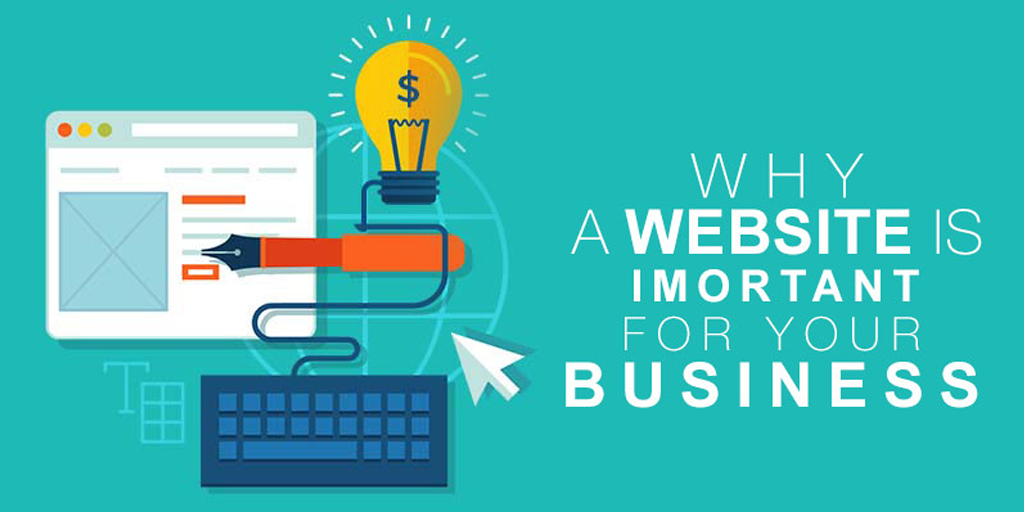Difference between Cloud computing and on-premise Computing
Introduction
The evolution of technology has transformed the way businesses operate and manage their IT infrastructure. Two prominent paradigms in the realm of computing are cloud computing and on-premise computing. Each approach has its own set of advantages and disadvantages, and understanding the differences between them is crucial for making informed decisions about IT infrastructure. In this article, we will explore the fundamental difference between cloud computing and on-premise computing.
- Definition
Cloud Computing:
- Cloud computing involves the delivery of computing services, such as servers, storage, databases, networking, software, and analytics, over the internet (the cloud).
- Services are typically provided by third-party providers (e.g., AWS, Azure, Google Cloud) on a pay-as-you-go or subscription basis.
- Users can access and manage resources remotely via web browsers or dedicated applications.
On-Premise Computing:
- On-premise computing, also known as traditional or in-house computing, entails the ownership and management of all IT infrastructure within an organization’s physical premises.
- All hardware, software, networking, and data storage resources are maintained and controlled internally by the organization.
- Cost Structure
Cloud Computing:
- Operating expenses (OpEx) model: Organizations pay for cloud services on a regular basis, often monthly or annually, based on usage.
- Minimal upfront capital expenditure (CapEx), as there is no need to purchase and maintain hardware.
- Cost scales with usage, allowing for flexibility and cost optimization.
On-Premise Computing:
- Capital expenses (CapEx) model: Organizations incur substantial upfront costs to purchase and set up hardware and software.
- Ongoing operational costs include maintenance, upgrades, and staffing.
- Predictable costs but less flexible for handling fluctuations in resource demands.
- Scalability
Cloud Computing:
- Offers near-instant scalability, allowing organizations to quickly provision or de-provision resources based on demand.
- Ideal for businesses with fluctuating workloads or those experiencing rapid growth.
On-Premise Computing:
- Scalability is limited to the capacity of the existing infrastructure.
- Requires purchasing and configuring new hardware to accommodate growth, which can be time-consuming and costly.
- Maintenance and Updates
Cloud Computing:
- Cloud service providers handle infrastructure maintenance, updates, and security.
- Automatic updates ensure that the latest features and security patches are applied.
On-Premise Computing:
- Organizations are responsible for maintaining and updating their hardware and software.
- Requires a dedicated IT team to ensure optimal performance and security.
- Security and Control
Cloud Computing:
- Security responsibility is shared between the cloud provider and the organization.
- Cloud providers typically have robust security measures in place, but organizations must secure their data and configurations.
On-Premise Computing:
- Organizations have full control over security but bear the sole responsibility for implementing and maintaining security measures.
- Can be advantageous for industries with strict compliance requirements.
- Accessibility and Reliability
Cloud Computing:
- Accessible from anywhere with an internet connection.
- Cloud providers often offer high availability and redundancy, minimizing downtime.
On-Premise Computing:
- Accessibility depends on physical location and network infrastructure.
- Reliability relies on the organization’s ability to maintain and troubleshoot its own systems.
Conclusion
In the ongoing difference between cloud computing and on-premise computing, there is no one-size-fits-all solution. The choice between the two depends on an organization’s specific needs, budget, scalability requirements, and security concerns. Some organizations may opt for a hybrid approach, combining elements of both paradigms to achieve the best of both worlds. As technology continues to evolve, staying informed about these key differences is essential for making informed decisions that align with your business goals and IT strategy.












Post Comment